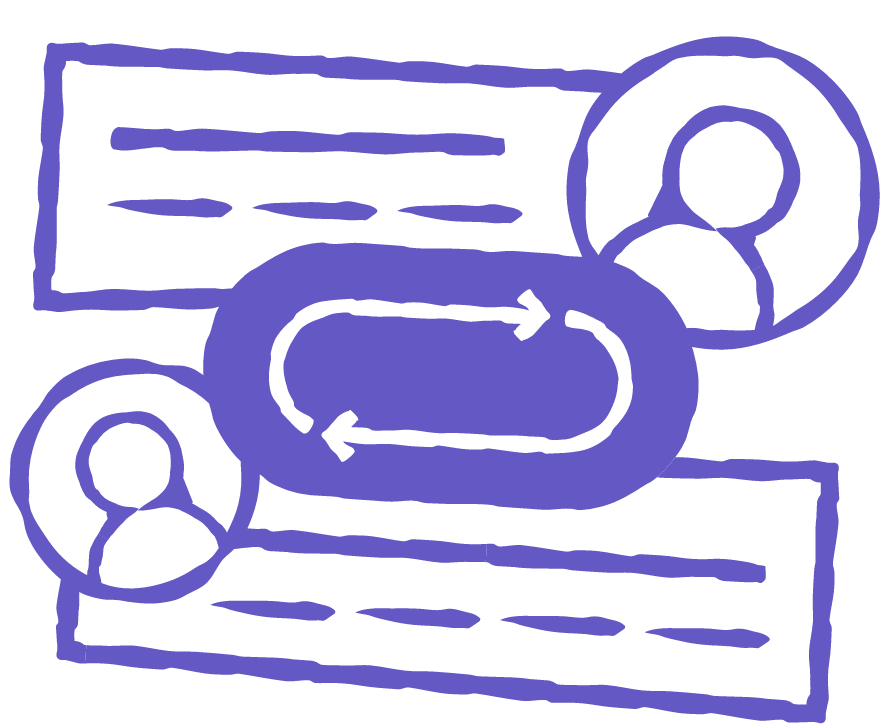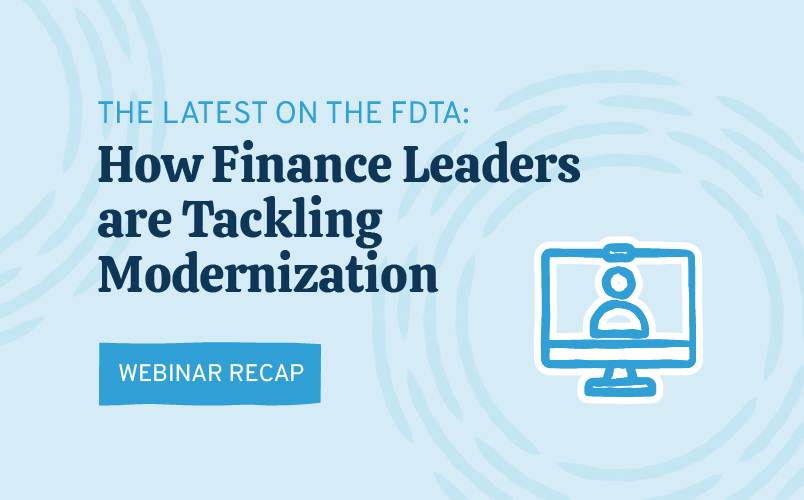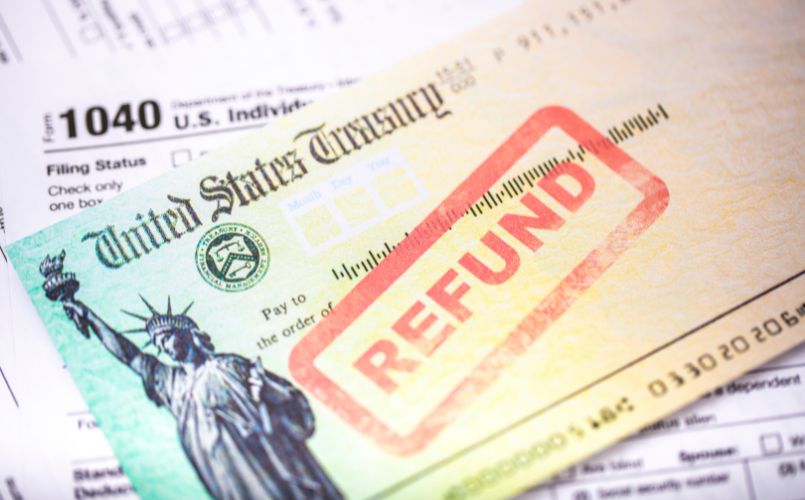No matter how many lease accounting deadlines have passed, the new lease accounting standards remain challenging due to their complexity. One of the top aspects that remains difficult in these new rules is identifying embedded leases.
How to Identify an Embedded Lease
First, it’s important to note that not all contracts that are considered leases under Governmental Accounting Standards Board (GASB) Statement No. 87, “Leases” (GASB-87), will include the words “lease” or “rent” to identify them as leases. Some contracts will contain the right to use an underlying asset as part of a larger agreement.
This right of use within a contract is called an embedded lease. Because not all leases are easily identifiable, several questions can help you identify whether or not there is an embedded lease in a contract.
- Does the contract talk about a physical asset that you don't own (even if it doesn’t list one specifically)?
- Do you receive all the benefits from the asset for a specific period?
- Do you get to determine the way the asset gets used?
- Is money or other fair value exchanged as part of the contract?
If the answer to these questions is “yes,” you have an embedded lease that has to be accounted for using GASB-87 requirements.
Embedded Leases in Practice
The best way to understand embedded lease contracts is through some examples.
Example 1: Data Hosting Agreements
A County enters into a data hosting agreement for the sensitive data collected by the County’s Department of Social Services. The contract is for 60 months with a monthly payment of $5,000.
The hosting services include website access, data storage, and application updates. The contract states that the data is stored on a server that is used exclusively for the County’s data, and the County can indicate how they want the server to be used during the contract period.
- Does the contract involve a physical asset? Yes. Even though the contract doesn’t specify the server details, it does specify the County will have access to and use of the designated server, meaning there is an asset implied in the contract that the County does not own.
- Are benefits received? Yes. The contract indicates the County obtains all of the benefits of the server (data storage).
- Can the County determine how the server gets used? Yes.
- Is there a financial exchange? Yes. The payments made for the overall hosting agreement are value being exchanged.
The answer to all four questions above is “yes,” therefore, this example contract has an embedded lease.
Example 2: Purchasing Generated Power
A City agrees to purchase power generated by a wind turbine owned by a local supplier. Per the agreement, the City dictates the amount of power they want the turbine to generate and the number of hours the turbine is in operation.
The supplier is responsible for all repairs and maintenance on the turbine. The contract is for 48 months with monthly payments of $25,000 plus additional variable amounts based on the amount of power generated.
- Does the contract involve a physical asset? Yes. The contract references the wind turbine, meaning there is an asset implied in the contract that the City does not own.
- Are benefits received? Yes. The contract indicates the City has the right to use the present service capacity of the wind turbine.
- Can the City determine how and when the turbine operates? Yes.
- Is there a financial exchange? Yes. The monthly payment and additional variable payments indicate a transaction.
The answer to all four questions above is “yes,” therefore, this example contract has an embedded lease.
Where to Find Embedded Leases
Procurement or legal departments are the best places to start when looking for embedded leases, as these departments play a critical role in identifying embedded leases within contracts.
Then, to validate the information you discover, partner with accounts payable to obtain a list of all the payments made on service contracts. This will help you determine if any additional contracts should be evaluated.
Embedded leases may exist in several governmental contract types, such as:
- Information technology (IT) contracts
- Transportation arrangements
- Warehousing arrangements
- Cafeteria services
- Advertising contracts
- Maintenance services
- Janitorial services
Why Is It Important to Recognize Embedded Leases?
Recognition of embedded leases is essential for accounting and compliance with GASB-87 standards. After implementing a new lease accounting standard, it’s essential to continue identifying embedded leases as they come in to ensure you stay compliant.
How to Determine if You Have a Lease Under GASB-87
The examples above should help you navigate the decisions that must be made to determine if your leases qualify under the GASB standard. This worksheet will guide you through the process of determining if your contract includes an embedded lease under GASB-87.
Click the button below to download this free infographic to help determine whether your contract is a lease under the lease accounting standard.
Disclaimer: DebtBook does not provide professional services or advice. DebtBook has prepared these materials for general informational and educational purposes, which means we have not tailored the information to your specific circumstances. Please consult your professional advisors before taking action based on any information in these materials. Any use of this information is solely at your own risk.














